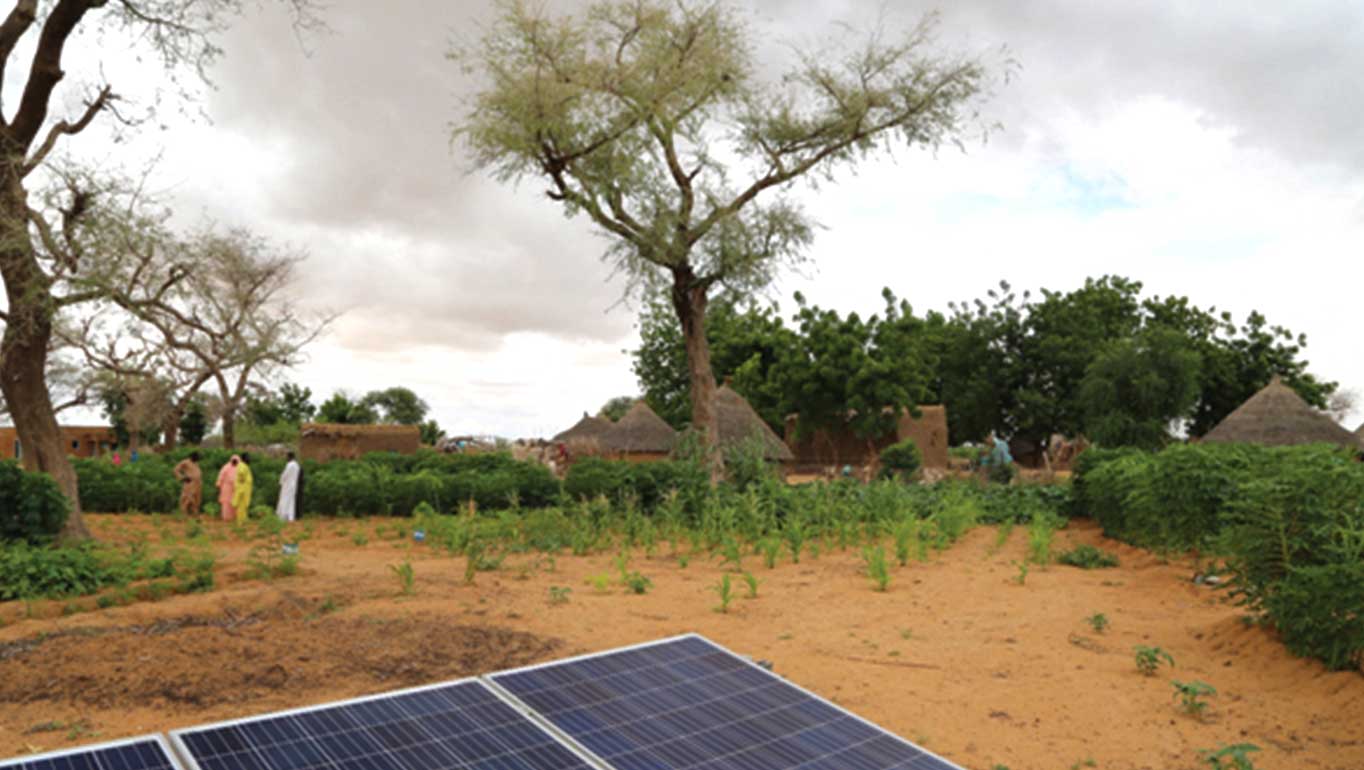Fostering peace, promoting human rights, and protecting the planet are central to the United Nation’s mandate. The United Nations seeks to realise this mandate primarily by convening Member States to agree on common principles and agendas, such as human rights, the 2030 Agenda, or the Paris Agreement. However, the United Nations, as an institution with hundreds of thousands of employees and thousands of offices around the globe, equally has the duty to promote these principles in its own management. To be credible, the UN must walk the talk. Or better, it must lead the walk. The UN must demonstrate to organisations worldwide that sustainability management following the UN’s principles is possible.
Solid building blocks
Let it be clear, the UN can already show great achievements in sustainability management, and is ahead of most international organisations. Almost fifteen years ago it made a commitment to become climate neutral – a commitment achieved by most UN entities today. It is also steadily closing the gender gap inside the organisation – and it has set itself the goal to reach gender parity by 2028. It has strategies in place to mainstream attention to disability, youth, or indigenous peoples across all functions. Actually, the UN has more than thirty different strategies and action plans in place for the mainstreaming of different aspects of environmental or social sustainability in its internal workings. So, what was missing was one coherent vision and framework.
The recently approved “Strategy for Sustainability Management in the United Nations System, 2020-2030 Phase II: Towards leadership in environmental and social sustainability’’ (also known as “Sustainability Strategy II”) aims exactly at this: fostering greater coherence in the UN’s sustainability management and raising the level of ambition. Coordinated by the UN Environment Management Group (EMG), the UN entities agreed on a comprehensive set of ten sustainability principles that would need to be mainstreamed in all functional areas of all UN entities, and on actions to make this happen. The principles build on existing international frameworks, such as Agenda 2030 or human rights declarations, while the actions build on the various existing plans and strategies that are already in place in the UN.
Holly Mergler, Policy Specialist at UNDP and co-chair of the EMG’s Consultative Process on Environmental and Social Sustainability in the UN System, emphasises that this strategy aims to harmonise the many existing sustainability efforts in the UN and to provide one coherent vision: “This strategy is the result of a collaborative effort of more than 40 different UN entities, representing a diversity of mandates and profiles, to define how the UN system can lead by example when it comes to sustainability.”
The new strategy builds on the foundations laid by another strategy that was approved in 2019. The ground-breaking “Sustainability Strategy I” defined the vision for sustainability management in the UN that also underpins Sustainability Strategy II. While the 2019 Sustainability Strategy I translated the vision into very precise commitments for the greening of the UN’s management functions, such as facilities management, procurement, or travel, the new 2021 Sustainability Strategy II elaborates this vision for all functions of the UN, including programmes, and for all dimensions of environmental and social sustainability.
One comprenhensive vision
The World Food Programme has shown that it makes sense to have one vision and one set of principles to harmonise all sustainability efforts of the organisation. Picture this: the organisation procures and distributes millions of tonnes of food every year –it would not make sense to have one set of standards that apply to the procurement and transportation of the food, and another set of standards that apply to the programmes through which the food is distributed. For this reason, earlier this year, the World Food Programme adopted an all-encompassing Environmental and Social Sustainability Framework that brings together, in one place, sustainability standards and tools for all functions.
The new UN-wide Sustainability Strategy II not only asks each UN entity to define, on the basis of the ten agreed principles, what environmental and social sustainability means for its own work, but also encourages each entity to establish procedures and commit resources to make progress towards greater sustainability, track and publicly report on its performance, and ensure accountability to all stakeholder groups.
However, the UN will never become a sustainable organisation if it doesn’t also include its partner organisations in the equation. In its entirety, the UN works with hundreds of thousands of suppliers and implementing partners. This Sustainability Strategy II promotes the extension of the UN’s sustainability principles to them as well. UNICEF is one of the UN’s leaders in sustainable procurement, with procedures that apply throughout the supply chain and programme cycles. It also proactively seeks to build the capacities of its suppliers to help them apply environmental and social standards.

A joint effort
UNICEF’s experience should inspire other UN organisations. “Some of the entities in the UN are already global leaders in sustainability management in a broad sense, while others may have very progressive visions on specific aspects of sustainability,” explains Edel Guenther, Director of UNU-Flores. “That’s why all entities have to learn from each other. This strategy will give a strong impulse to the UN system to exchange knowledge on sustainability and to work towards one common vision.”
And what does this new sustainability strategy mean for UN employees at the individual level? The basic idea behind the strategy is very clear: each of us has the opportunity and the duty to promote through our work the sustainability principles for which the UN stands. This means: seeking entry points to promote human rights in everything we do, whether we are managing programmes or organising events; reducing the carbon footprint of our own offices, purchases, or travel; being transparent and accountable for what we do and what we stand for.
Our goal must be to establish the UN by 2030 as the global leader in environmental and social sustainability management that inspires others. While sustainability policies and principles are approved by senior management, they will only succeed if all levels of staff contribute. Every action at all levels of the organisation, whether it be taking administrative decisions, procuring office and IT equipment, designing projects and programmes, or interacting with partners, can be guided by the ten sustainability principles of the Sustainability Strategy II.
2030 is just around the corner
Sustainability Strategy II has been approved by the EMG Senior Officials Meeting and the High-Level Committee on Management and Programme. It will be submitted for approval to the Chief Executives Board in November. Implementation is expected to start in 2022, and a first UN-wide sustainability report is expected in 2024.
The 10 sustainability principles
Related to people:
a) Apply a human rights-based approach in all our work.
b) Leave no one behind.
c) Pursue gender equality and empower women.
d) Protect the health, safety, and security of all.
e) Uphold labour rights.
Related to the Planet:
f) Protect and restore biodiversity and ecosystems.
g) Prevent pollution and maximise resource efficiency.
h) Take action on climate change.
Related to Peace:
i) Prevent conflict, reduce disaster risk, and foster resilience.
Related to Partnership:
j) Be transparent, inclusive, and accountable.


